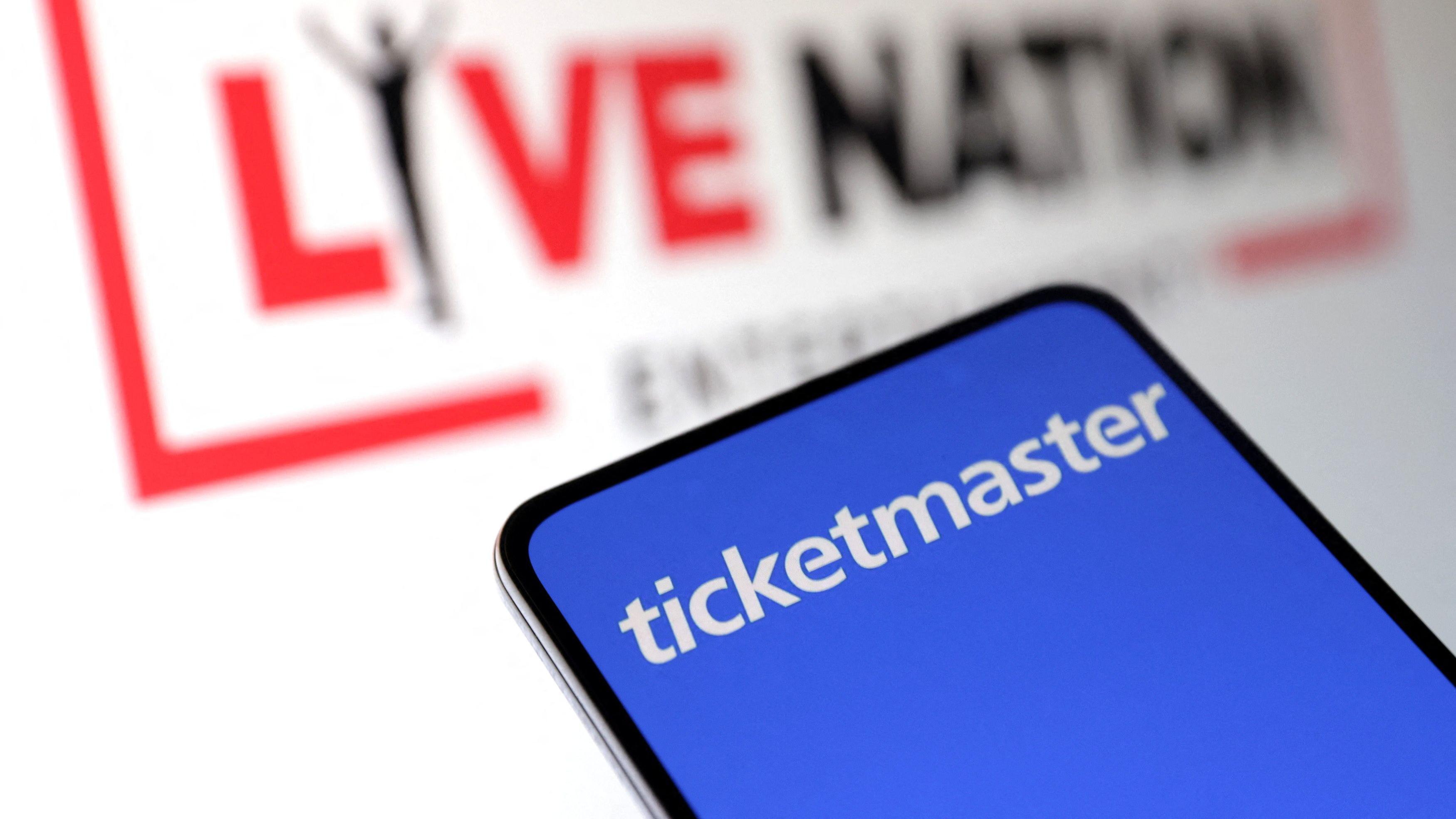A judge in New York has thrown out a lawsuit filed by Donald Trump against The New York Times, characterizing the case as both inappropriate and inadmissible, signaling yet another legal defeat for the former president. The ruling highlights the intricate legal struggles Trump still confronts as he attempts to oppose media criticism and ongoing probes.
The legal case originated from a 2018 report released by The New York Times which explored Trump’s financial background, including information about his tax records and the family wealth transfer. Trump alleged that the newspaper was involved in what he termed a scheme to acquire private documents wrongly and contended that the reporting was part of an organized campaign to harm his reputation. The judge’s decision, however, clarified that the allegations were legally unfounded and amounted to an attempt to misuse the judicial system against journalists carrying out their professional responsibilities.
Rationale for the termination from a legal perspective
By dismissing the case, the judge highlighted the significance of the freedom of the press and the safeguards provided to journalists by the First Amendment. The judicial decision acknowledged the essential part played by the media in examining public figures and distributing information relevant to society, which is fundamental to democracy. Additionally, the decision underscored that Trump’s legal claims did not prove any actionable damage, portraying the lawsuit instead as a measure of retribution for unfavorable coverage.
The court also found Trump’s claims of conspiracy to be unsubstantiated, ruling that the methods used by The New York Times fell within the bounds of investigative journalism. By characterizing the case as “decidedly improper and impermissible,” the judge underscored the need to safeguard journalists from attempts to intimidate or punish them through the legal system. Legal experts note that the decision reinforces longstanding precedent that protects media organizations when reporting on matters of public concern, particularly when the subject is a high-profile political figure.
For The New York Times, the dismissal reaffirms its journalistic practices and strengthens the legal protections available to reporters. The publication has long argued that its investigation was based on legitimate reporting methods and served the public interest by providing transparency about the finances of a sitting president at the time.
Consequences for Trump’s overall legal approach
This ruling represents only one of several legal challenges Trump is facing, but it carries significant symbolic weight. The dismissal not only prevents Trump from pursuing damages against The New York Times but also sets a precedent that may influence how courts view future lawsuits brought by public figures against media outlets. Trump has frequently criticized the press, branding unfavorable coverage as “fake news” and seeking to discredit institutions he views as adversarial.
Many commentators note that the rejection might restrict the route for Trump’s current legal approach, which frequently includes assertive litigation to oppose probes and reporting. Although the previous president has historically employed legal threats as a means to deter detractors, this judgment indicates that courts might be less inclined to accept arguments without solid legal basis. This ruling could further encourage other media outlets to engage in comprehensive reporting on politically sensitive issues, assured that legal precedents will protect them from retaliatory legal actions.
The overall legal environment for Trump remains difficult. He is still dealing with criminal probes, civil lawsuits, and investigations into his business operations, all of which together subject him to unparalleled legal examination. Within this landscape, the unsuccessful legal action against The New York Times is seen as a piece of a broader series of legal strategies that have yielded varied outcomes up to now.
The importance of a free press in this situation
Essentially, the verdict underscores the importance of the media in democratic systems. By rejecting Trump’s legal action, the judiciary emphasized the necessity for journalists to conduct investigations and report without the threat of retaliation from influential figures. This situation illustrates the persistent conflict between public officials attempting to manage their portrayal and media outlets responsible for ensuring openness and responsibility.
Press freedom advocates have welcomed the decision, framing it as a victory not just for The New York Times but for journalism more broadly. They argue that cases like this demonstrate the importance of a robust legal framework that prevents individuals in positions of authority from using the courts to silence criticism. In democratic societies, the press functions as a check on power, and the ruling underscores that courts will uphold those protections even in the face of aggressive legal challenges.
International monitors have highlighted the importance of the verdict, emphasizing that media freedom is at risk in numerous global regions. The tribunal’s ruling illustrates judicial autonomy and dedication to protecting constitutional liberties, establishing a precedent that echoes outside the United States.
While the dismissal of the lawsuit marks a victory for The New York Times, it also adds another chapter to Trump’s complicated legal narrative. The former president has consistently portrayed himself as a target of unfair treatment by both the media and the judicial system, and this ruling is likely to be incorporated into his broader political messaging. However, the court’s decision makes clear that legal systems are designed to prevent misuse and to protect institutions essential to democratic governance.
As Trump maintains his pursuit of political goals, the connection between his legal issues and public opinion will be a crucial aspect of his journey. The judgment against his lawsuit emphasizes the obstacles he encounters in managing the legal system and the political field. For reporters, the case’s rejection underscores the importance of investigative journalism and acts as a reminder that holding individuals accountable is an essential role of the media.
In the end, the court’s dismissal of Trump’s lawsuit demonstrates the strength of democratic institutions when confronted with influence from prominent individuals. By decisively supporting freedom of the press, the judiciary has not just settled a legal case but also upheld a fundamental principle central to transparent societies: the right to inquire, investigate, and publish without the threat of censorship.




